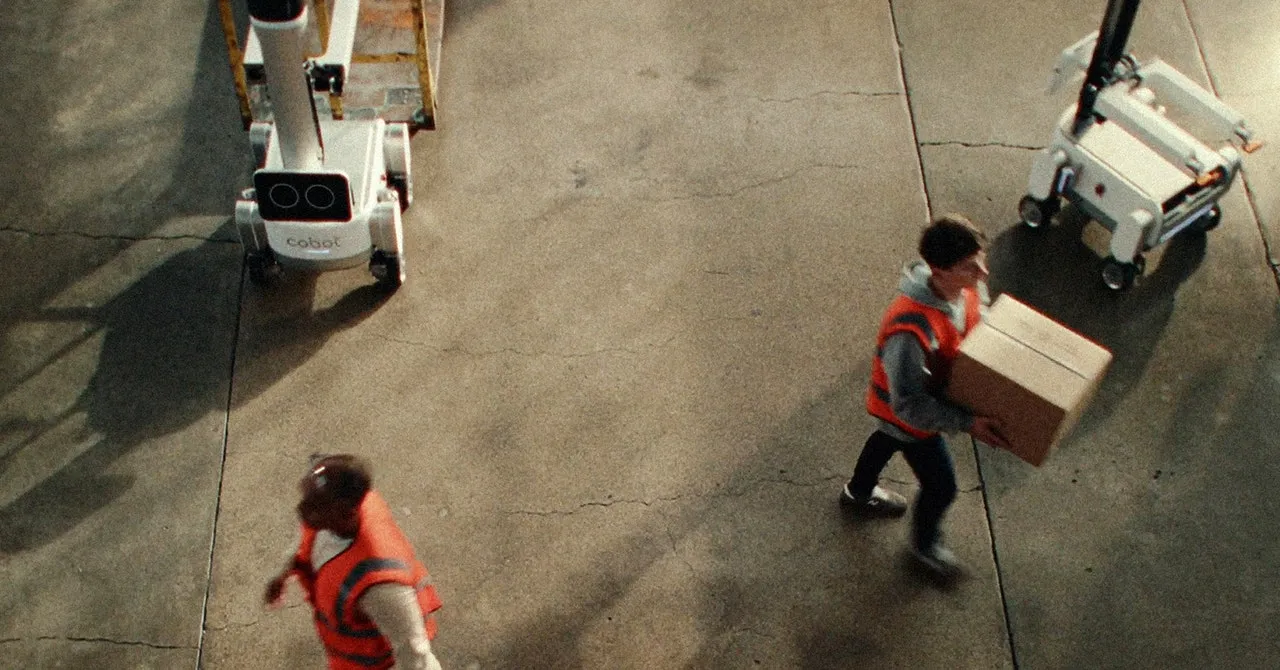Robots and Artificial Intelligence Transforming Amazon's Warehousing Operations

Embracing Robotics and AI in Warehouses
Brad Porter knows a few things about putting robots to work. Between 2017 and 2020, he led a push at Amazon to develop a new range of smarter, more adaptive, artificial-intelligence-powered warehouse robots. These machines, which include robotic arms capable of seeing and grasping items from conveyors, and mobile robots that work in close proximity to humans, have allowed Amazon to redesign its fulfillment centers to be more automated. They’ve also accelerated processing and delivery times, and—of course—improved profit margins.
Cobot: The Next Step in Robotics
Porter now leads Cobot, a company that aims to help other companies increase their robotic workforces too. Cobot’s first product is Proxie, a two-armed, four-wheeled warehouse robot that looks a bit like a mobile hatstand. The robot, which has a touchscreen face and sensors on a head-high mast, is designed to assist with the mundane but common work of moving trolleys stacked with items around offices, airports, hospitals, and factories. “The vision is for trustworthy cobots to be ubiquitous, working alongside humans in every sector,” Porter says.
Proxie’s Implementation and Capabilities
Some 30 Proxie robots are currently being tested by the shipping company Maersk and by the Mayo Clinic. The robots have completed more than 5,000 hours’ total operating time, moving 16,000 carts and logging more than 1,000 kilometers of travel. Several other companies, including Moderna, Owens & Minor, and Tampa General Hospital, are exploring how they might use Proxie.
- Unlike other robots, Proxie’s battery can be swapped out to avoid downtime charging.
- Cobot declined to say how much Proxie costs to buy or lease.
- The robots work alongside humans, taking turns moving carts and navigating busy spaces without running into anyone.
The Future of Robotics and AI
Porter states the idea is for the robots to level up as AI becomes more capable, allowing for more sophisticated manipulation and communication. Cobot has a version of Proxie that will respond to voice commands using a large language model to parse utterances. While Proxie might seem simple compared to humanoid robots, Porter emphasizes its practicality and effectiveness in solving real problems. The vision is for robots like Proxie to remove the burden of menial tasks from human workers, allowing teams to focus on more critical duties.
This article was prepared using information from open sources in accordance with the principles of Ethical Policy. The editorial team is not responsible for absolute accuracy, as it relies on data from the sources referenced.